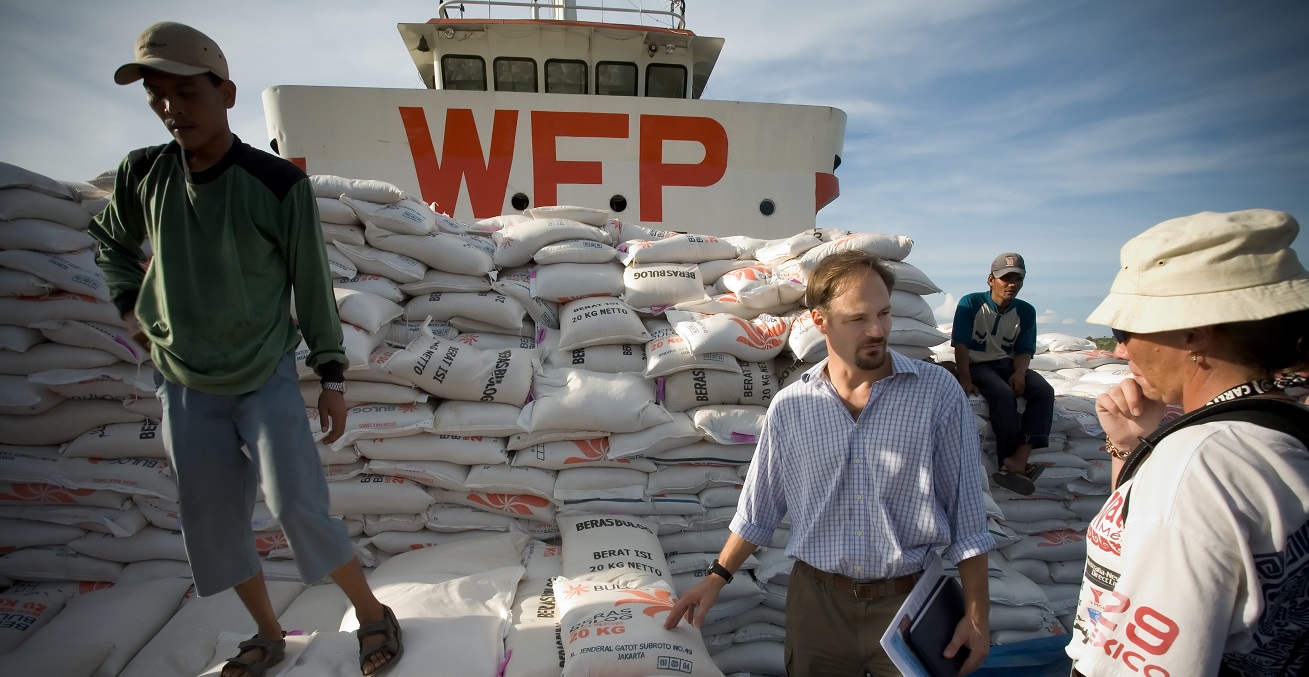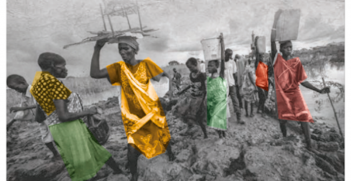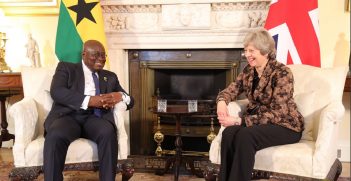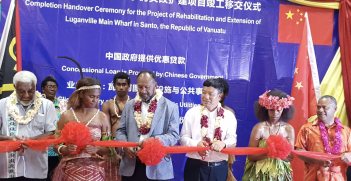Grade 'C' for Lack of Ambition on Aid

With aid making up the bulk of the Australia foreign policy budget, the Foreign Policy White Paper represents a missed opportunity to recognise it as a strategic pillar in our relations with the world alongside diplomacy, trade and security.
At this time of year, students are walking out of schools with a report card in hand. If the prime minister, foreign minister and trade minister were to walk out of parliament this year with a report card for their foreign policy, it would likely read:
C – Disappointed to see that your final report lacked the ambition we know you are capable of; you need to work much harder to reach your full potential.
The Australian government’s Foreign Policy White Paper comes at a time when the success of international development assistance in turning the tide on poverty and suffering has never been more apparent. In the last 25 years, the number of people in developing countries living on less than $1.25 a day has dropped from 47 per cent in 1990 to 14 per cent in 2015. More children are enrolled in primary school than ever before, and 59 million deaths from malaria, measles and tuberculosis have been averted since 2000.
Yet the challenges remain and in many cases are immense, requiring a sustained coordinated global effort. Last Thursday, I was on Manus Island face-to-face with displaced people who’ve travelled around the world to seek asylum, only to be met with the ferocity of Australia’s border policies. Last week, reports emerged of a potential repatriation agreement for Rohingya refugees to return to an uncertain future in Myanmar as aid workers still struggle to assist the 1.2 million people in need in Cox’s Bazar, Bangladesh.
In the coming months, as many Australians wind down for Christmas, Pacific Island communities are preparing for the cyclone season and raising alarm bells globally as the impact of climate change threatens to undermine their livelihoods. Oxfam warned earlier this year that eight billionaires own the same amount of wealth as the poorest half of the world, 3.6 billion people.
The clear contribution of international development assistance to improving lives for so many people around the world and the persistent need for development and humanitarian action in the world cannot be downplayed. World Vision, along with many other organisations and individuals, saw the development of the new Foreign Policy White paper as a critical moment for the recognition of aid as a strategic pillar of Australia’s foreign policy, on par with Australia’s diplomatic, economic and security engagement with the world.
The white paper that was delivered last Thursday, however, fails miserably to do this. Australia’s aid assistance has yet again been relegated to second-class status in Australia’s global engagement; it was not even worthy of a mention in the speeches made to launch it. This is a disappointing outcome for three reasons.
Firstly, Official Development Assistance (ODA) is a unique form of public capital. The very challenges that the White Paper spells out as affecting the landscape for Australia’s international engagement over the coming decade—increasing displacement, state fragility and conflict, climate change and urbanisation—are the very challenges that Australia’s aid can and currently does address. Modern forms of development assistance—in which Australia is at the cutting edge—are focused on strengthening governance and institutions, protecting and strengthening the rule of law, and creating resilient and sustainable pillars of democracy through citizen empowerment and participation. Australia also continues to be a well-regarded humanitarian actor, having made critical contributions to helping countries and economies rebuild after crises have occurred.
Despite this historical strength, and a clear-eyed assessment of the challenges before us, the white paper misses the opportunity to establish a vision for Australian aid’s meaningful and strategic contribution to the challenges and changes we are facing; a vision that recognises Australian aid as equal and vital to other foreign policy pillars in achieving Australia’s objectives in the world.
Second, and as also noted by Annmaree O’Keeffe at the Lowy Institute, Australia’s development assistance is the largest component of the Department of Foreign Affairs and Trade’s (DFAT’s) annual budget allocation. If our aid budget is the department’s biggest budget line, surely taxpayers deserve it to be given an equal strategic allocation in our policy settings?
Further, if Australian assistance is our biggest foreign policy expense, we must have the ability to spend it correctly. World Vision had advocated that the government invest in building the development and humanitarian knowledge of Australian diplomats and trade officials, and reinvest in specialised development and humanitarian expertise and capacity. The white paper discusses the capacity of DFAT officials, including through the development of a new Diplomatic Academy, but no mention is made of how the department will continue to build its capacity to design, manage, implement and execute Australia’s aid investments so Australia can continue to be a leading donor and shape the future of international aid, both in our region and further abroad.
Finally, and perhaps most disappointingly, Australian aid’s absence from the white paper is out of step with the Australian public. Australian aid—the image of Australian’s helping others in times of great need—is undoubtedly one of the most clearly understood mechanisms through which Australia engages the world around us. Every year, 1.6 million Australians support the work of international NGOs like World Vision, and often dig deeper in times of humanitarian crises. The white paper consultation process itself saw almost 9,000 Australians indicate that increasing Australia’s aid budget was important to them. The opportunity to take advantage of this momentum and establish a strategic vision, one for the millions of Australians who already actively care and are engaged in international aid and development, has been missed.
There are welcomed commitments in the white paper: the acknowledgment and change in tune on climate change; the increase to the humanitarian budget; the clear commitment to global cooperation and action; and the acknowledgment of NGOs as important delivery partners. But on the whole, the opportunity has been missed to raise the ambition and potential of Australia’s aid within our foreign policy outlook and approach.
Reverend Tim Costello AO FAIIA is chief advocate of World Vision Australia and served as CEO from 2004 to 2016. He has been a fellow of the AIIA since 2014.
This article is published under a Creative Commons Licence and may be republished with attribution.





